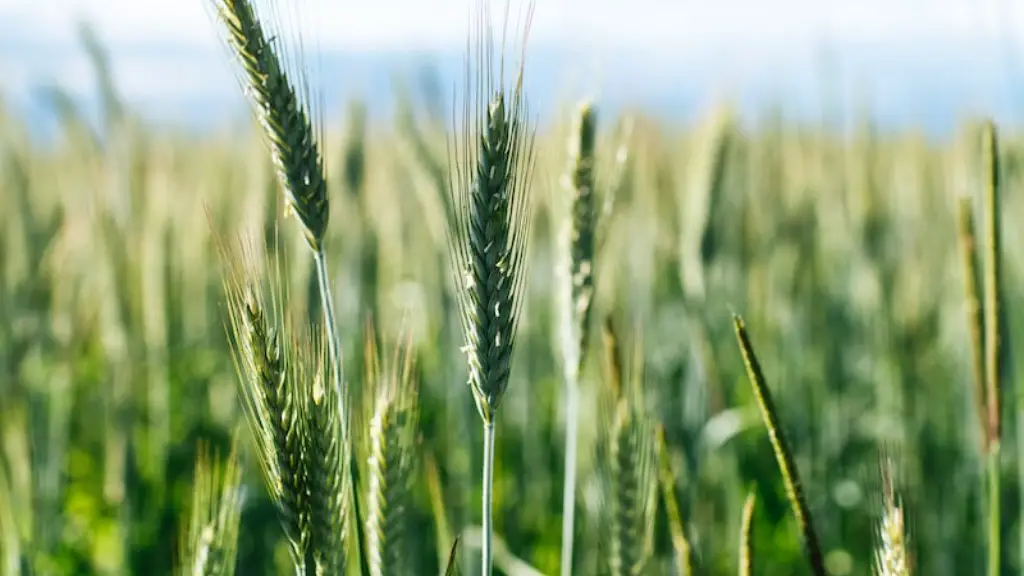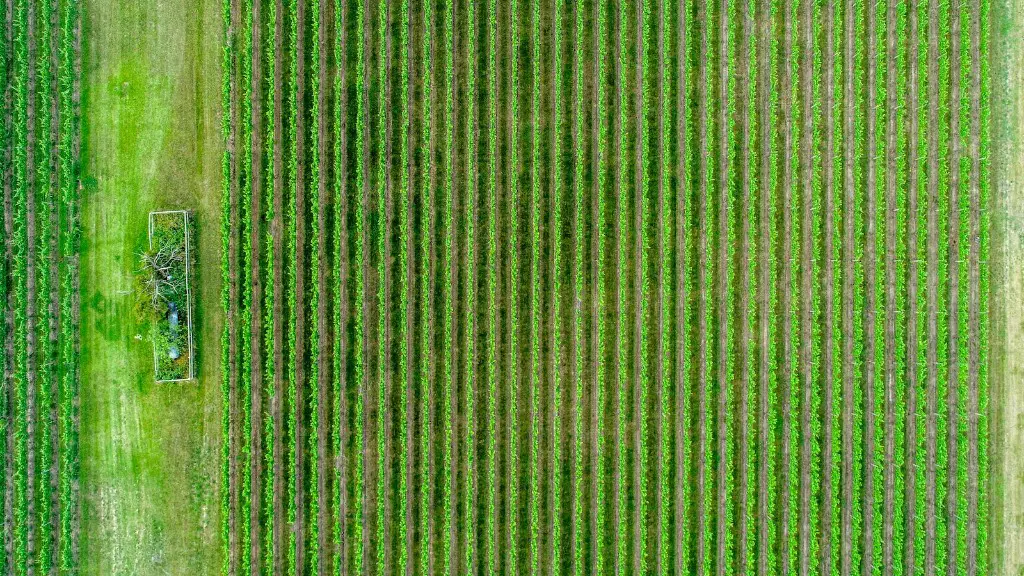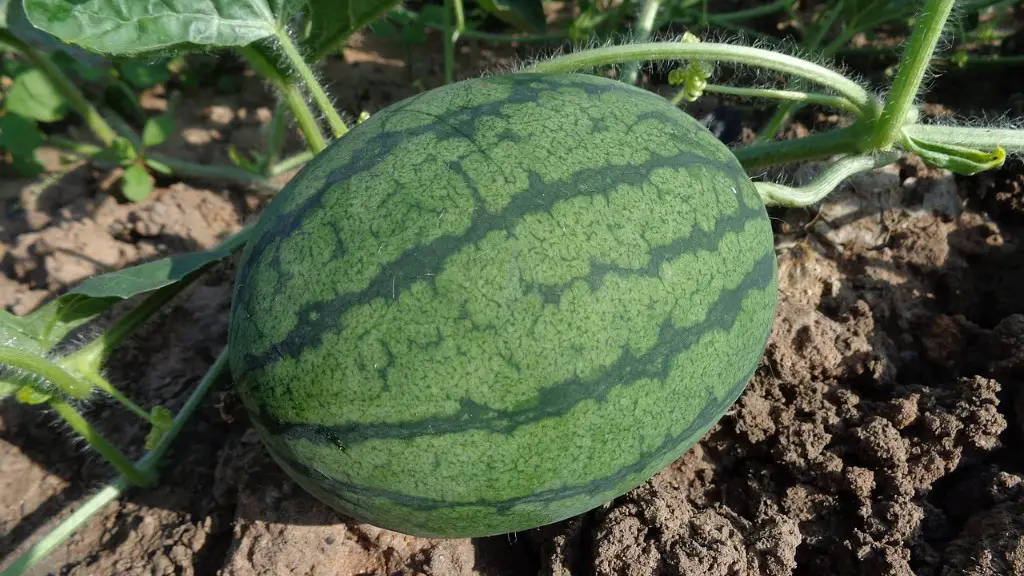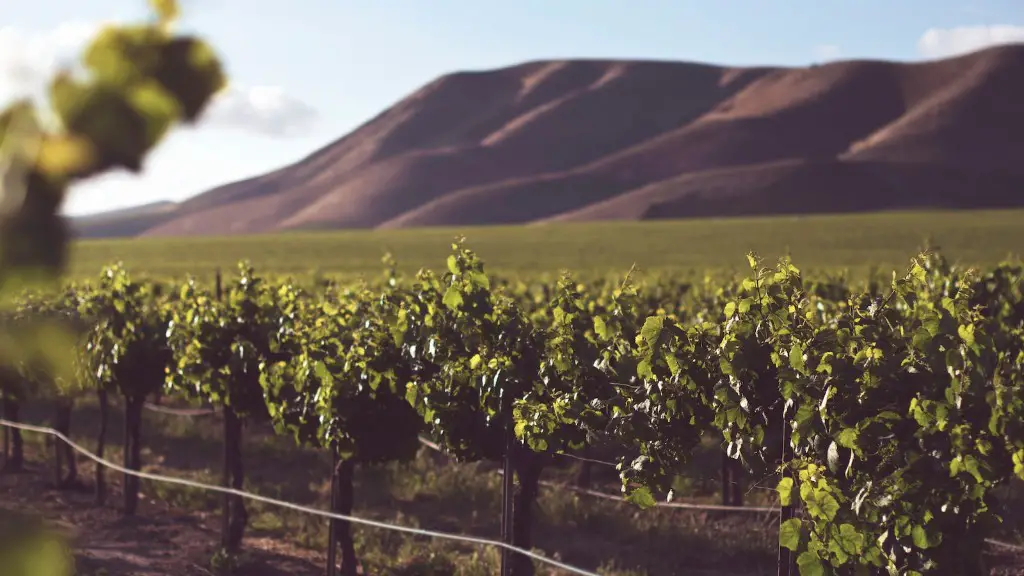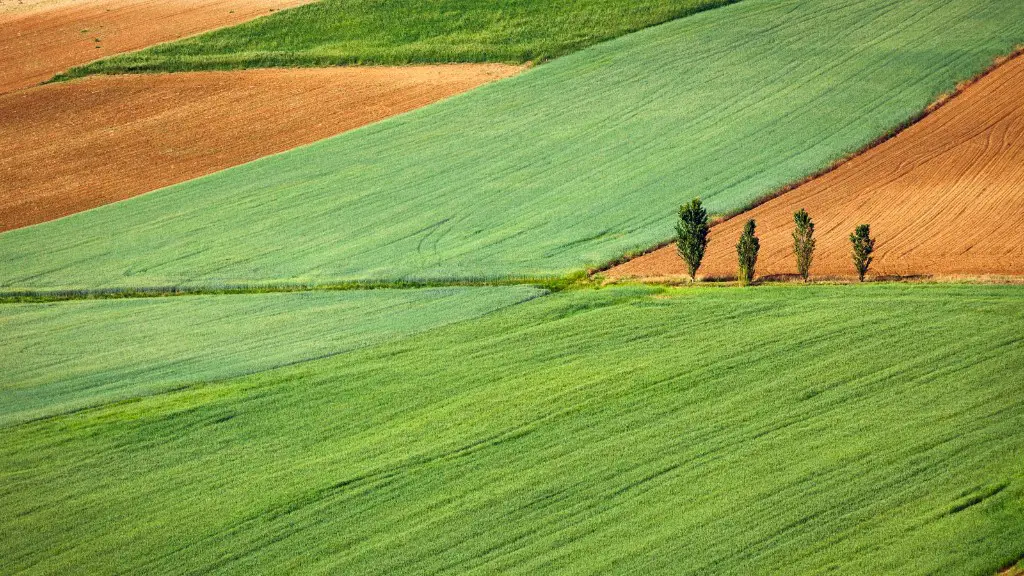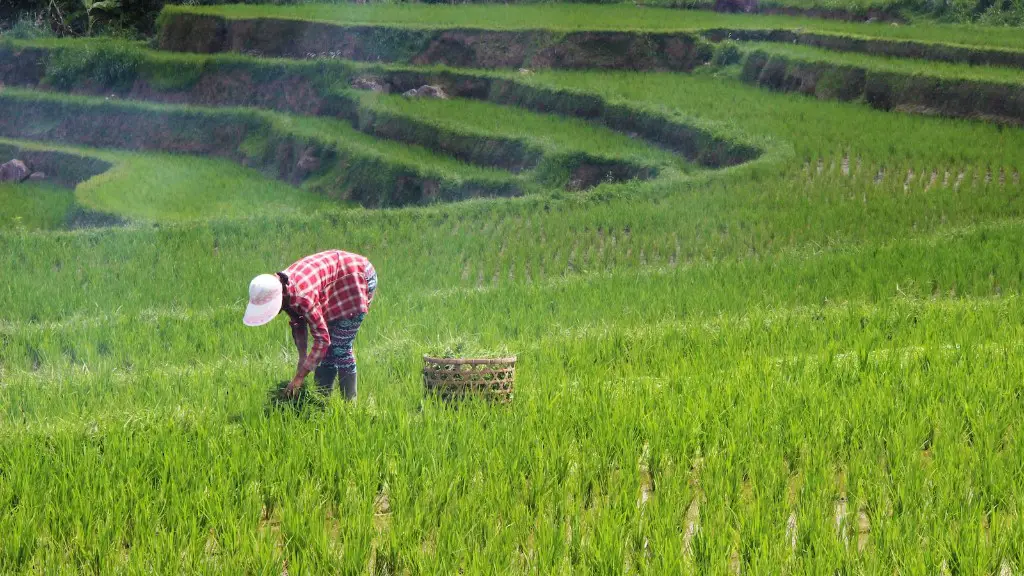Farmers use a variety of chemicals to improve crop yields and combat pests. Fertilizers provide essential nutrients that help plants grow. Herbicides kill weeds that compete with crops for water and sunlight. Pesticides control insects, fungi, and other organisms that can damage crops.
There are many chemicals used in agriculture, including pesticides, herbicides, and fertilizers.
Which chemical are used in agriculture?
Agrichemicals are chemicals used in agriculture. They include fuels, solvents, insecticides, herbicides, fungicides, fertilizers, and veterinary chemicals. Agrichemicals are used to increase crop yields, protect crops from pests and diseases, and improve the quality of crops.
Pesticides are substances used to protect plants against pests. They can be in the form of herbicides, fungicides, or insecticides. Herbicides kill weeds, fungicides get rid of diseases, and insecticides kill bugs. Pesticides can be harmful to human health and the environment if not used properly.
What are the 4 types of chemical pesticides
Pesticides are important tools for controlling pests. There are four main types of pesticides: insecticides, herbicides, rodenticides, and fungicides. Each type of pesticide is designed to control a specific type of pest.
Insecticides are pesticides that are used to control insects. Common insecticides include pyrethroids, organophosphates, and carbamates. Herbicides are pesticides that are used to control weeds. Common herbicides include glyphosate, 2,4-D, and dicamba. Rodenticides are pesticides that are used to control rodents. Common rodenticides include warfarin, bromadiolone, and diphacinone. Fungicides are pesticides that are used to control fungi. Common fungicides include propiconazole, tebuconazole, and thiophanate-methyl.
It is no secret that conventional agricultural practices are polluting our soils, rivers and oceans with harmful agricultural chemicals. These chemicals can include nitrogen, nitrates, nitrites, phosphorous, phosphates, and other pesticides and fertilizers. While these chemicals are necessary for crop production, they can also have a negative impact on the environment. In order to reduce the pollution caused by agricultural chemicals, farmers need to implement more sustainable practices. This could include using less harmful chemicals, or finding alternative methods of crop production.
Why are chemicals often used in agriculture?
Chemicals are used in plant and animal farming to boost production, reduce food waste and ensure an adequate food supply. Although these benefits are important, there are also some potential risks associated with the use of chemicals in farming. For example, chemicals can contaminate the food supply and cause health problems for both animals and humans. Additionally, the overuse of chemicals can lead to environmental pollution. Therefore, it is important to use chemicals in farming only when necessary and to follow all safety guidelines to minimize the risks.
The modern agricultural system that produces our food is absolutely dependent on phosphorus. It is essential for plant growth and is a key component of many fertilizers. The history of development of phosphorus fertilizer, the sources of phosphorus, and the key role of phosphorus fertilizers are discussed.
What are the 5 types of chemicals?
Chemistry is a branch of science that deals with the study of the composition, structure, properties, and reactions of matter. It is traditionally divided into five major subdisciplines: organic chemistry, biochemistry, inorganic chemistry, analytical chemistry, and physical chemistry.
These are five compounds that are commonly used in our daily lives. All of them have different purposes and uses. Common salt is used to add flavor to food or to preserve it. Water is used for drinking, cooking, and cleaning. Soap is used for cleaning our bodies and clothes. Baking soda is used for baking or as a cleaning agent. Sugar is used for sweetening food or beverages.
What is the most common pesticide used in agriculture
Chlorpyrifos is an organophosphate insecticide, which means it acts by disrupting the nervous system of insects. Unfortunately, it also does the same thing to mammals. Acute (short-term) exposure to high levels of chlorpyrifos can cause nausea, vomiting, diarrhea, headache, dizziness, and confusion in humans. Children are particularly vulnerable to chlorpyrifos, and exposure has been linked to delayed development, reduced IQ, and increased risk of attention deficit and hyperactivity disorder. In animals, chlorpyrifos has been linked to increased risk of cancer and developmental problems.
These pesticides are dangerous because they can accumulate in the environment and be toxic to both aquatic creatures and bees. They are also persistent, meaning they can stay in the environment for a long time. This can cause serious damage to ecosystems.
What are the 3 main pesticides?
Pesticides are any substances used to kill or control pests. Examples of pests include insects, rodents, and fungi. Pesticides can be classified into three main groups: insecticides, herbicides, and fungicides. Insecticides are used to kill or control insects. Herbicides are used to kill or control plants. Fungicides are used to kill or control fungi.
The three major types of pesticides being used by Benguet farmers according to chemical composition are pyrethroids, organophosphates, and carbamates. Pyrethroids are synthetic (human-made) forms of pyrethrins.
What are the top 5 toxic chemicals
Botulinum toxin, also known as botox, is a neurotoxin produced by the bacterium Clostridium botulinum. It is the most potent toxin known to man, and just a tiny amount can be fatal. Luckily, it can be easily treated with an antitoxin.
Maitotoxin is a potent neurotoxin found in the venom of the cone snail. It is one of the most toxic substances known, and just a tiny amount can be fatal. Luckily, it can be easily treated with an antitoxin.
Batrachotoxin is a potent neurotoxin found in the venom of some frogs. It is one of the most toxic substances known, and just a tiny amount can be fatal. Luckily, it can be easily treated with an antitoxin.
VX is a nerve agent with the consistency of engine oil. It is a synthetic compound, and is the only one in our top five. It is extremely toxic, and just a tiny amount can be fatal. Luckily, it can be easily treated with an antitoxin.
Ricin is a plant poison that is famous for being used to kill the Bulgarian dissident Georgi Markov, who was exiled in London. It is one of
The most commonly occurring inorganic soil contaminants are trace elements such as arsenic (As), cadmium (Cd), chromium (Cr), copper (Cu), mercury (Hg), lead (Pb), manganese (Mn), nickel (Ni), zinc (Zn), and radionuclides. These contaminants can come from a variety of sources, including naturally occurring minerals, leaching from waste disposal sites, and atmospheric deposition. While some of these contaminants are essential nutrients for plants, others can be toxic at even low levels of exposure.
Why are chemicals bad in agriculture?
Pesticides can have a negative impact on the environment. In addition to killing insects or weeds, they can be toxic to a host of other organisms including birds, fish, beneficial insects, and non-target plants. Insecticides are generally the most acutely toxic class of pesticides, but herbicides can also pose risks to non-target organisms. Pesticides can contaminate water, air, and soil, and can Persist in the environment for long periods of time. They can also accumulate in the tissues of plants and animals, causing long-term health effects.
Pesticides are chemical substances that are used to kill or control pests. Pesticides include herbicides, fungicides, insecticides, and other chemicals. Herbicides are used to kill or control weeds that compete with crops for sunlight, space, nutrients, and water. Fungicides are used to protect plants from fungus and bacteria that cause diseases in plants. Insecticides are used to kill or control insects that like to feed on a particular crop.
Final Words
Fertilizers and pesticides are the two main types of chemicals used in agriculture.
Since the beginning of time, farmers have used chemicals to increase the yield of their crops. Today, there are thousands of different chemicals used in agriculture, from herbicides and insecticides to fertilizers and growth regulators. While these chemicals have greatly increased crop yields, they have also been linked to a number of environmental and health concerns.
